
The Silk Road Gourmet, she says, is really about pattern recognition, recalling her many travels in her public-health career, which began in Thailand working for American Field Service. "I'm trained in pathology, in reading slides to identify types. I saw patterns come together in food."
One might argue, she writes in The Silk Road Gourmet, that the masalas of western and southern Asia, from Tibet to India, are simply the five-spice powders of the East. She lays out the evidence, first a full-page table of seasoning mixtures used in the region, then simple comparisons of ingredients.
"Georgians use a combination of coriander, walnuts and lemon juice for meats," she tells China Daily. "Afghans will change the last ingredient to vinegar and use it on fowl. Indians may change the last item again and use the mixture on fish."
"I started the website to make those kinds of food connections," she says.
"For example, pomegranates - the use of which began in Iran in antiquity - are now common ingredients from Georgia to the far northwest to Uzbekistan and Kazakhstan in the northeast. Examining the political history of the area, we see that successive Persian empires ruled all of these areas at one time or another - often dominating the cultural landscape for hundreds or even thousands of years."
Identifying markers are shared, she adds.
"The Silk Road was an incredible engine of globalization - we have nothing like it today," she says. "Well before the Yuan Dynasty (1271-1368), when the Mongols came to China, people were going all over, traveling, trading."
Kelley is enchanted by stories of slightly later voyages of the Ming Dynasty's (1368-1644) seafaring eunuch admiral, Zheng He.
"What a show of China's power and prestige at the time," she marvels. "And he brought back mad things - like a giraffe from Africa."
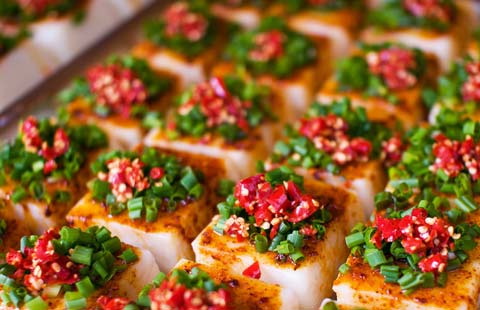
China's top 10 foodie cities |
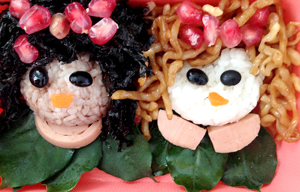
Cute boxed meals |
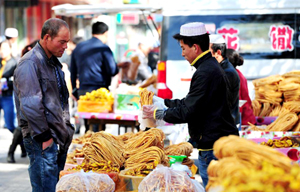
Muslims greet annual festival of Eid al-Adha in Yinchuan |
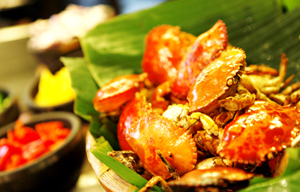
Cafe Noir hosts Singapore food festival |

Top 10 catering brands in China |

Watermelon toast gains popularity in Taiwan |
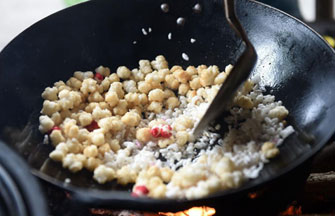
Tradition of drinking oleic tea in Guangxi |
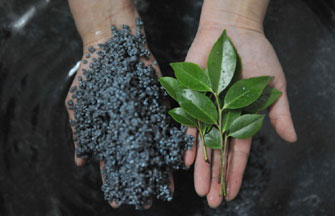
Black rice treats in summertime |